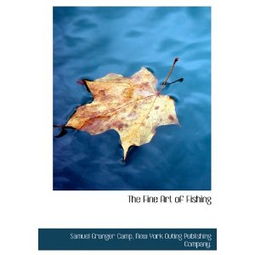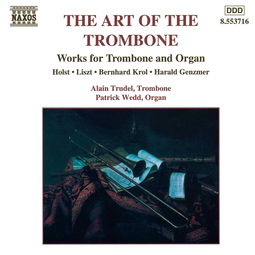Content:
Fishing, an ancient and cherished pastime, has always been a favorite activity for people of all ages. It requires patience, skill, and a deep connection with nature. One of the most fundamental skills in fishing is casting. Casting involves accurately throwing your fishing line and lure to your desired location. Mastering this skill can make the difference between a successful day on the water and frustration. In this article, we will delve into the techniques of a fishing master and learn how to cast like a pro.
Proper Grip
The first step in mastering the art of casting is to develop a proper grip on your fishing rod. Hold the handle with your dominant hand, placing your index and middle fingers at the base of the reel seat. Rest your thumb on the reel's side, providing stability and control. The remaining fingers should wrap around the handle, leaving enough space to maneuver the rod with ease.
Angling the Rod
To achieve a smooth casting motion, it's essential to angle the rod correctly. Point the rod tip slightly downward and away from your target. This position helps in achieving a smooth casting stroke and prevents the line from getting tangled. As you cast, the rod should move in a smooth, arched motion, allowing the line to flow out effortlessly.
Backing Up
The backing up motion is a crucial component of casting. It involves lifting the rod tip from the water and moving it back behind you. To perform this motion, use your wrist and arm to create a powerful, upward movement. Ensure that the rod is fully loaded, which means the line should be tight and the rod should bend throughout the entire length. This loading process is vital for generating distance and accuracy.
The Forward Cast
Once you have backed up and loaded the rod, it's time to execute the forward cast. Begin by shifting your weight slightly to the back foot, then smoothly transfer it to the front foot as you accelerate the rod forward. The casting motion should be a combination of wrist and arm movements, ensuring a smooth and powerful throw. As the rod reaches its peak, release the line by opening your reel's bail, allowing the lure to fly through the air.
The Roll Cast
The roll cast is an excellent technique for casting in tight spaces or when you need to present your lure close to the shore. To perform a roll cast, begin by holding the rod tip slightly above the water's surface. As you retrieve the line, allow the lure to sink while keeping the rod tip in a high position. When the lure reaches the desired depth, accelerate the rod forward, causing the line to roll off the water's surface and create a tight loop.
The Spey Cast
The Spey cast is a powerful and versatile technique that can cover vast distances and navigate complex water conditions. To perform a Spey cast, start by retrieving the line and then make a series of false casts to load the rod. Once the rod is fully loaded, begin the forward cast by accelerating the rod with a powerful wrist and arm motion. The line should form a large loop as it flies through the air, allowing the lure to reach distant targets.

Drills and Practice
Like any skill, casting requires consistent practice to master. Spend time practicing each technique on a flat surface, focusing on the mechanics and feel of the cast. As you become more comfortable, progress to casting in a pool or on a lake. Remember to analyze your casting technique and make adjustments as needed. With patience and persistence, you will develop a casting style that suits your preferences and fishing conditions.
In conclusion, mastering the art of casting is a fundamental skill that can enhance your fishing experience. By focusing on proper grip, angling the rod, backing up, and executing various casting techniques, you will become a more proficient angler. Remember to practice consistently and analyze your casting style to improve your accuracy and distance. With these techniques and a bit of practice, you'll be well on your way to becoming a fishing master.












